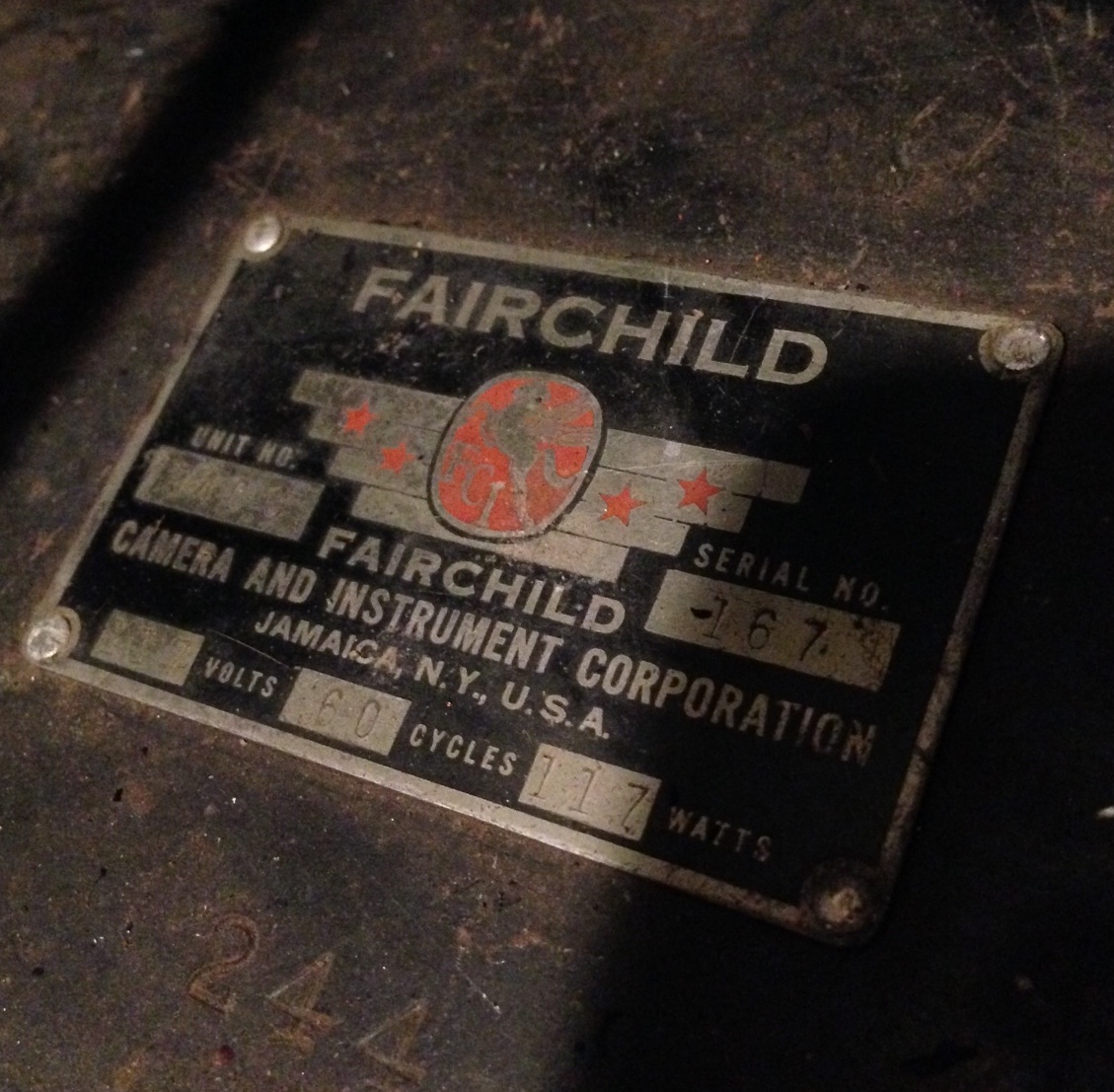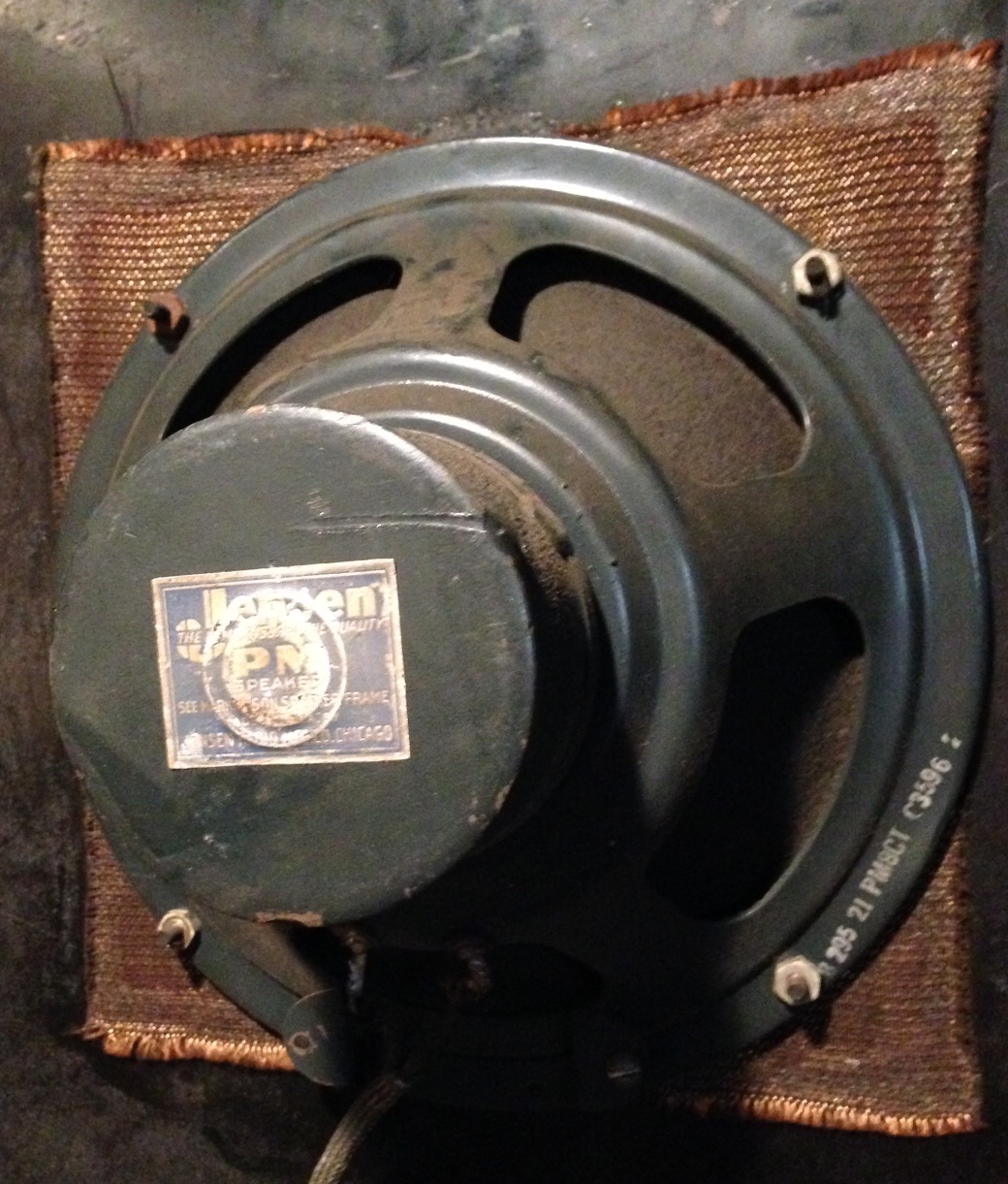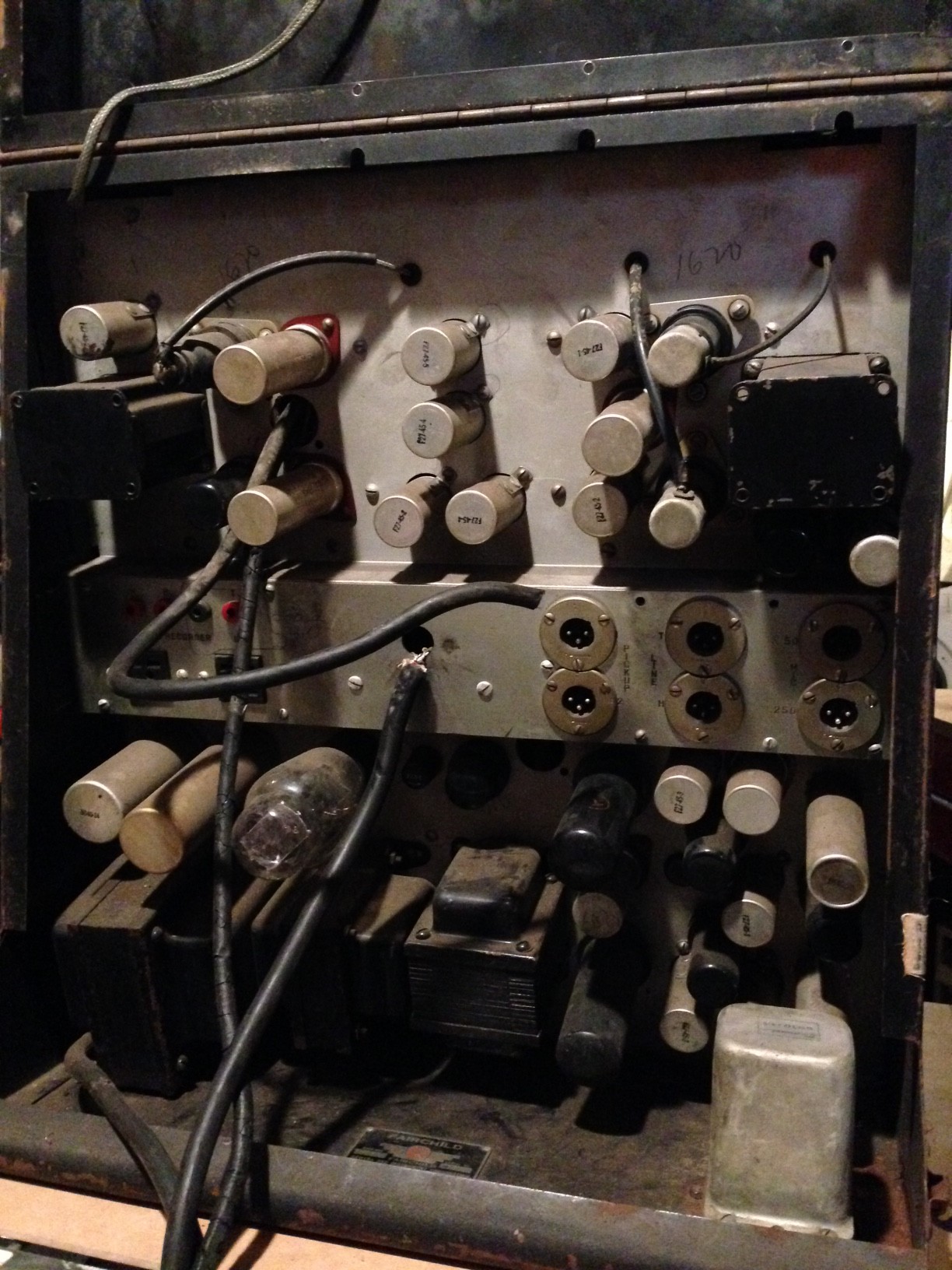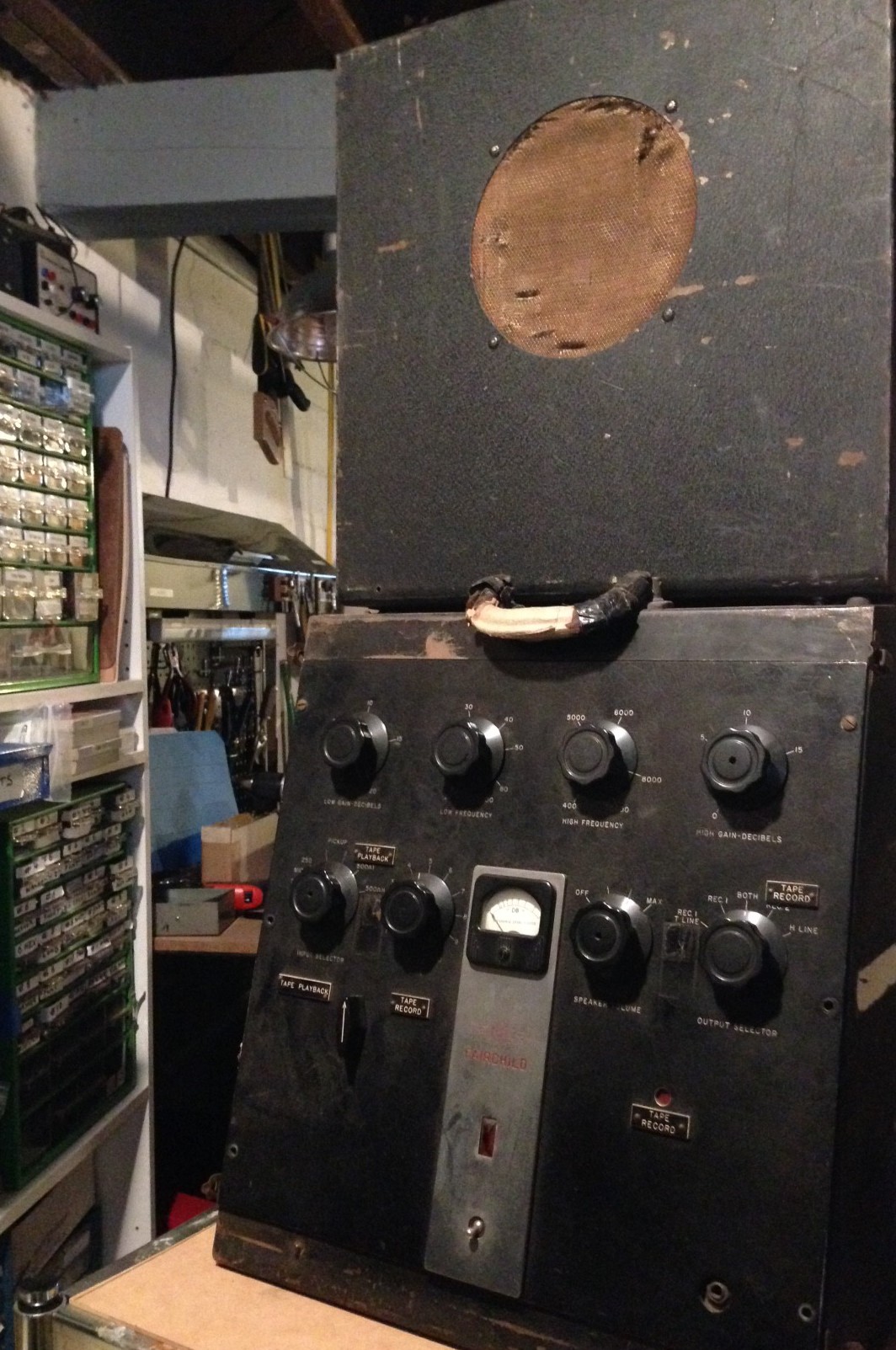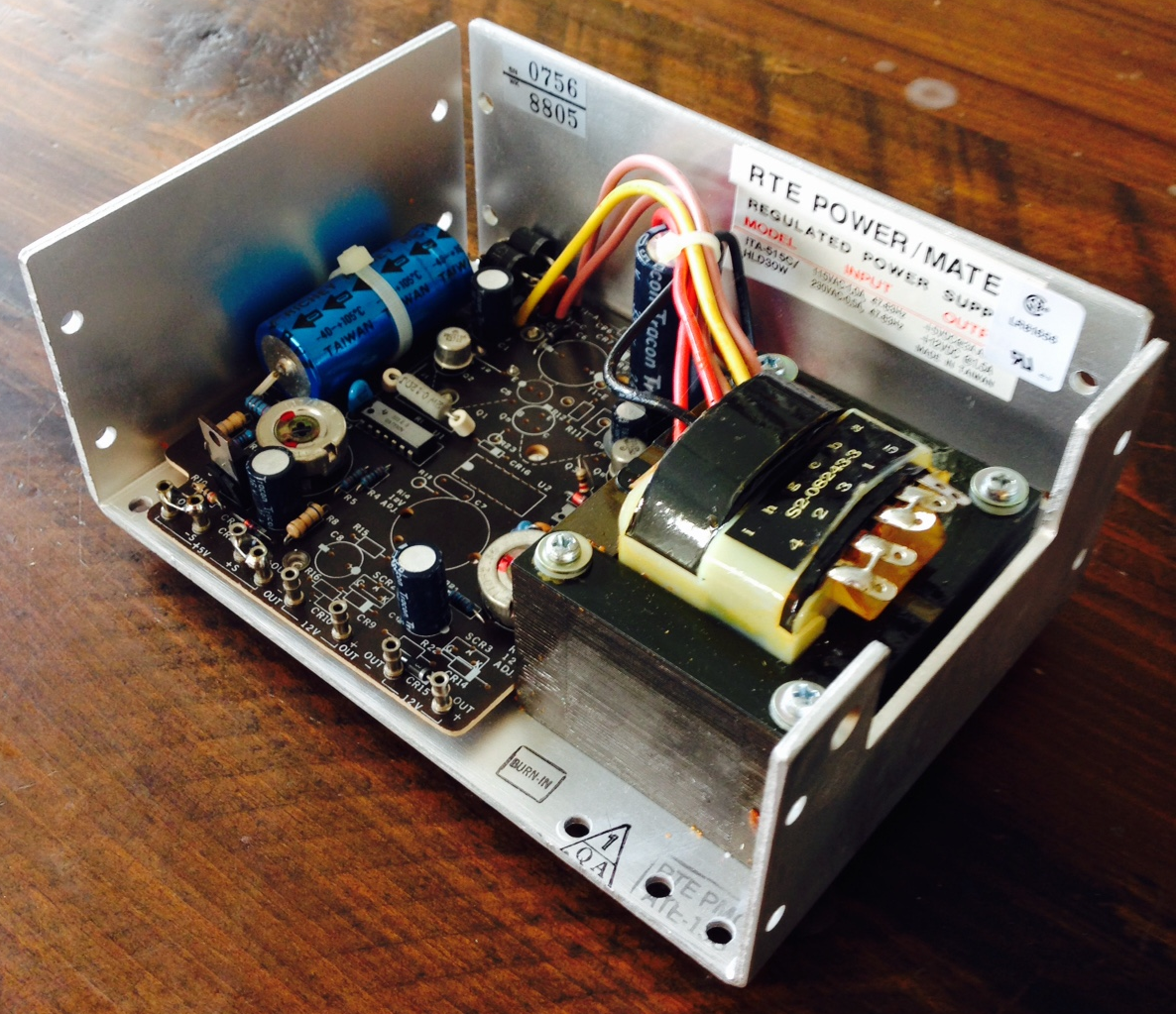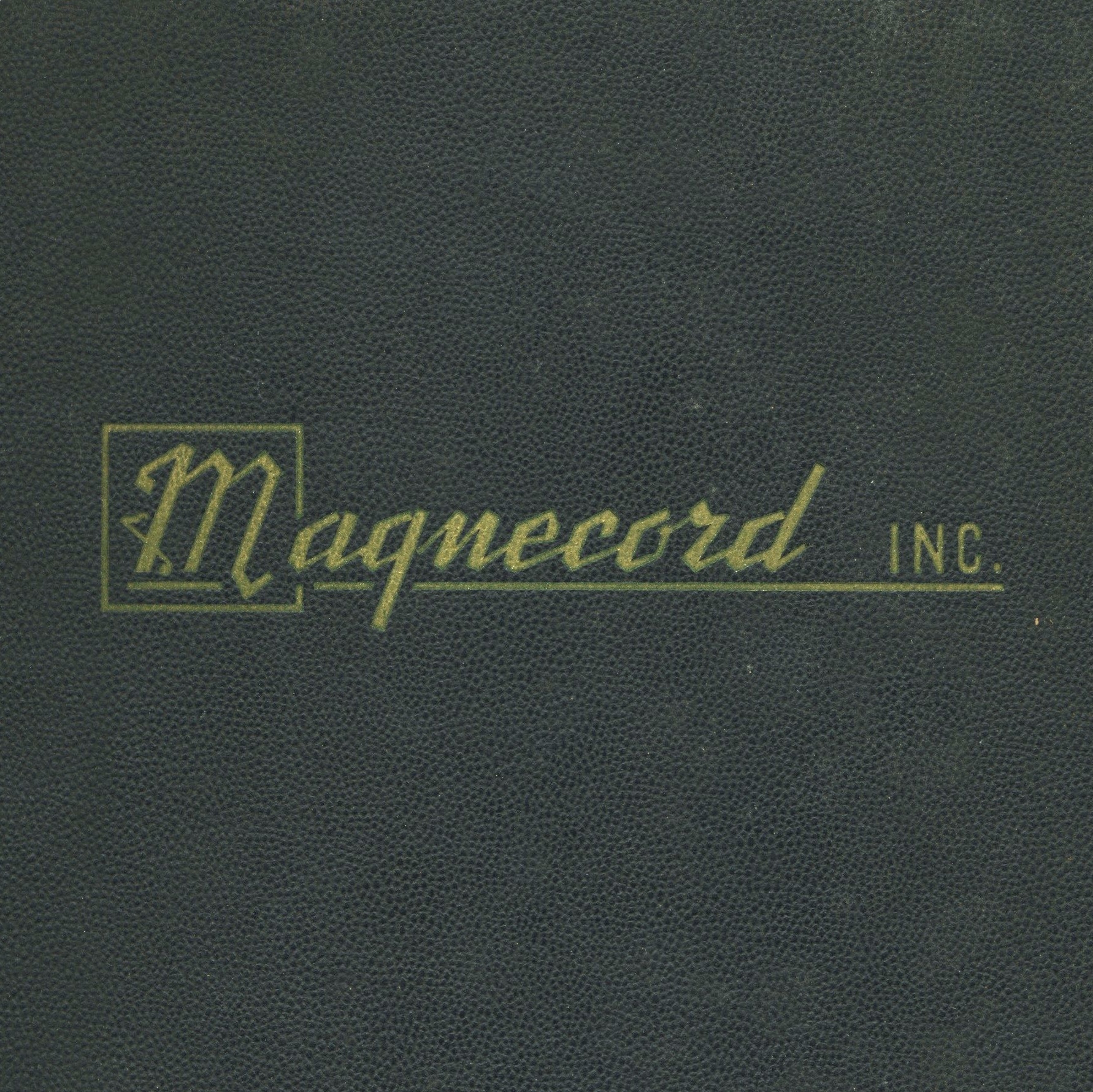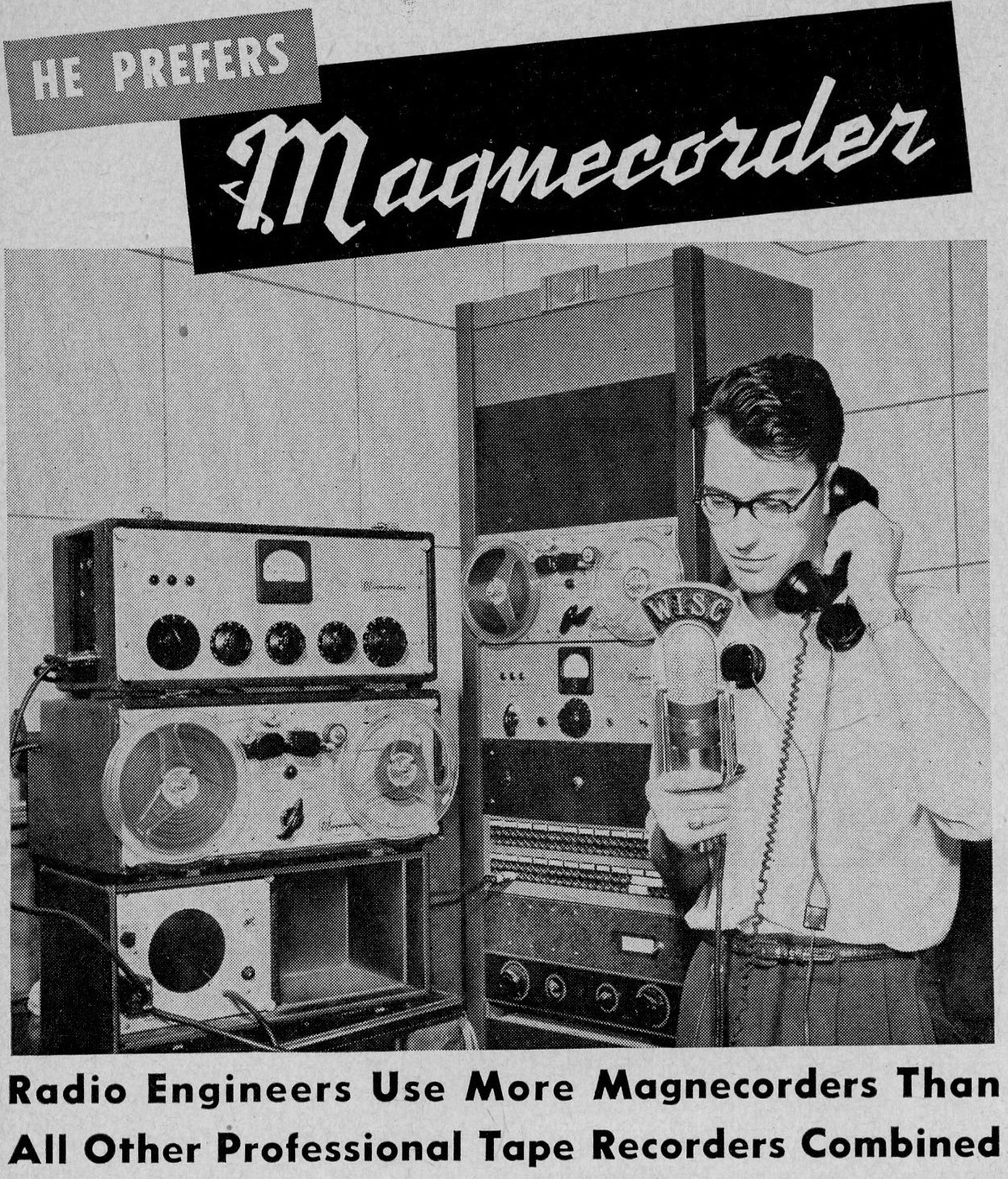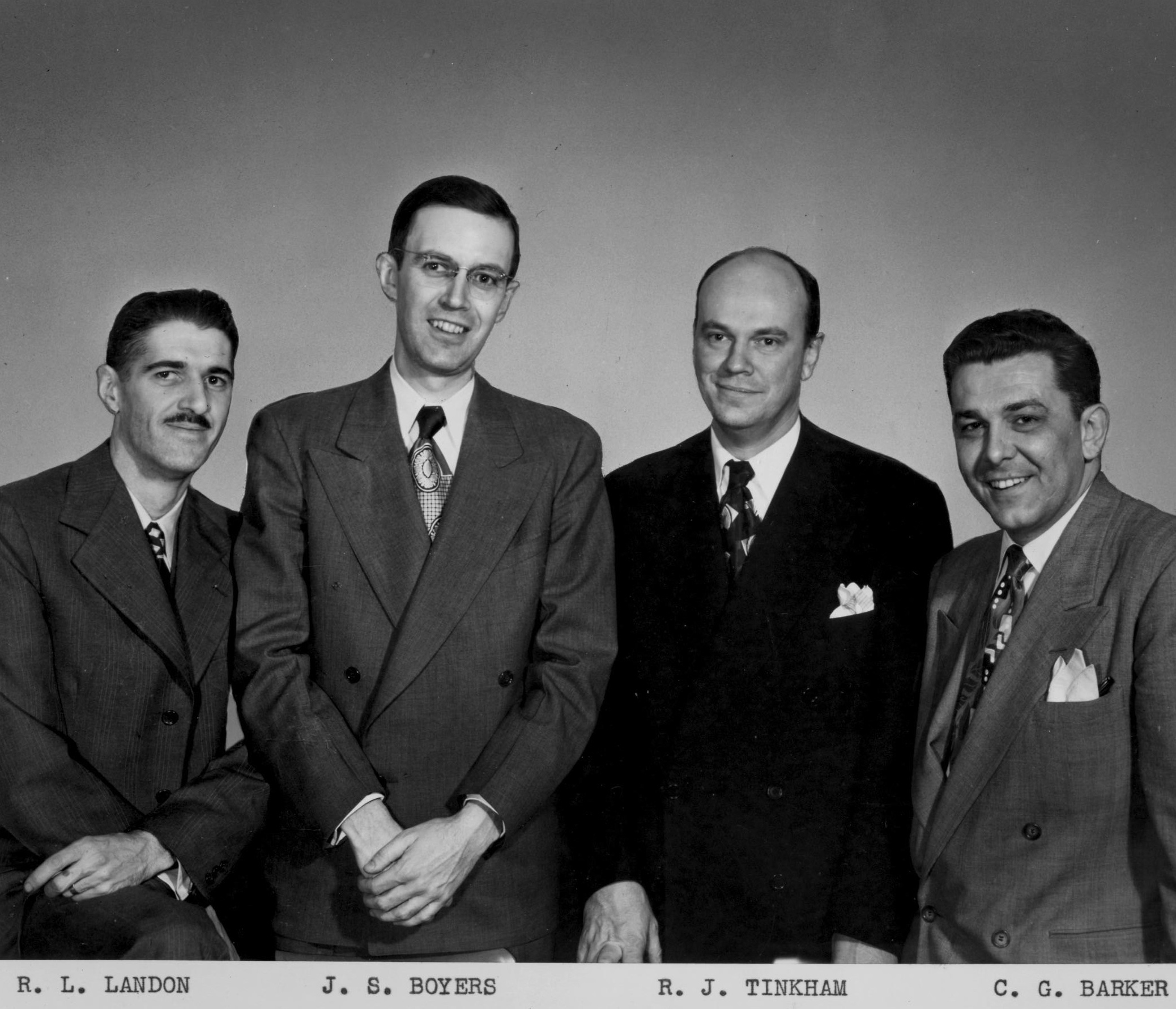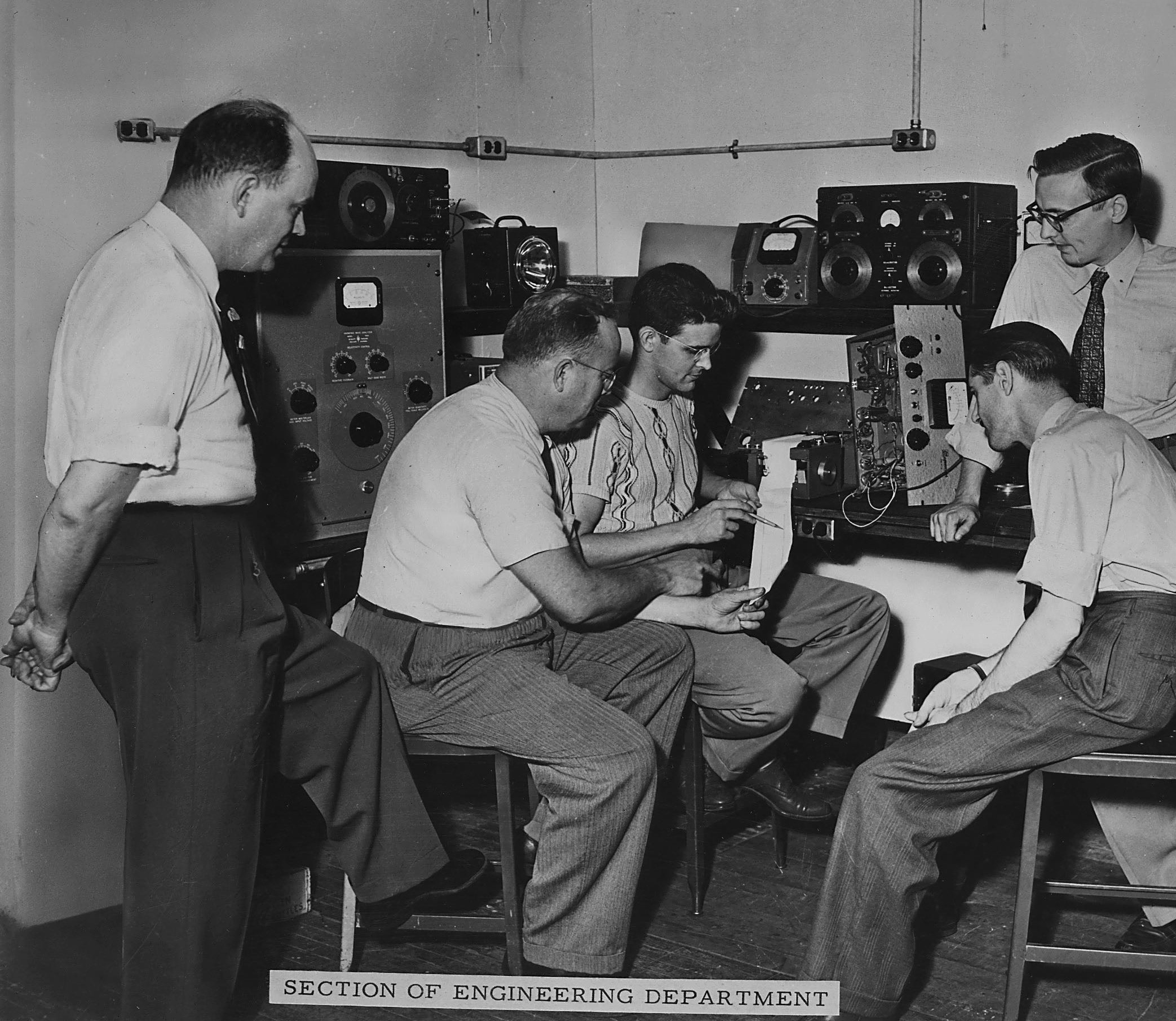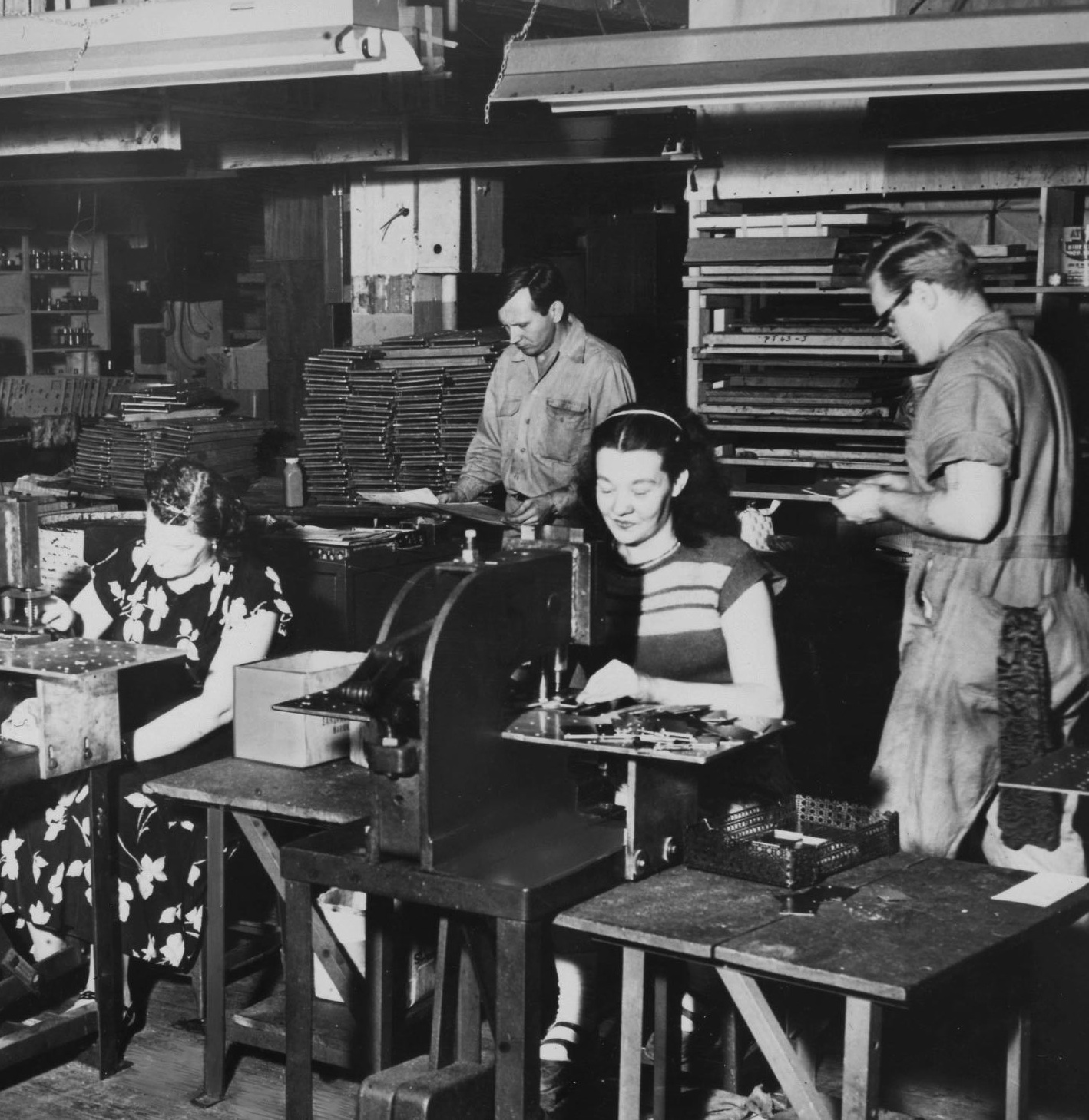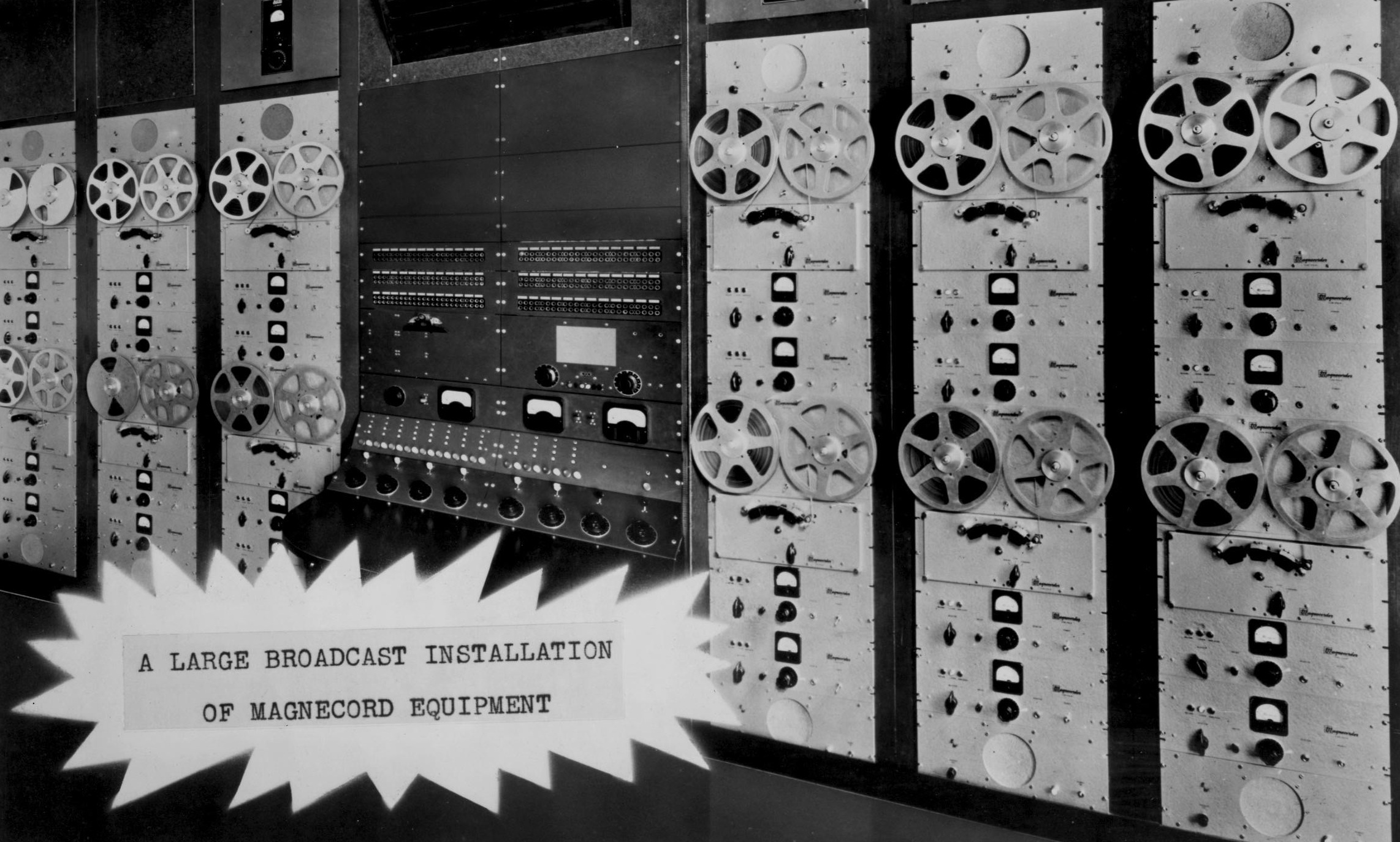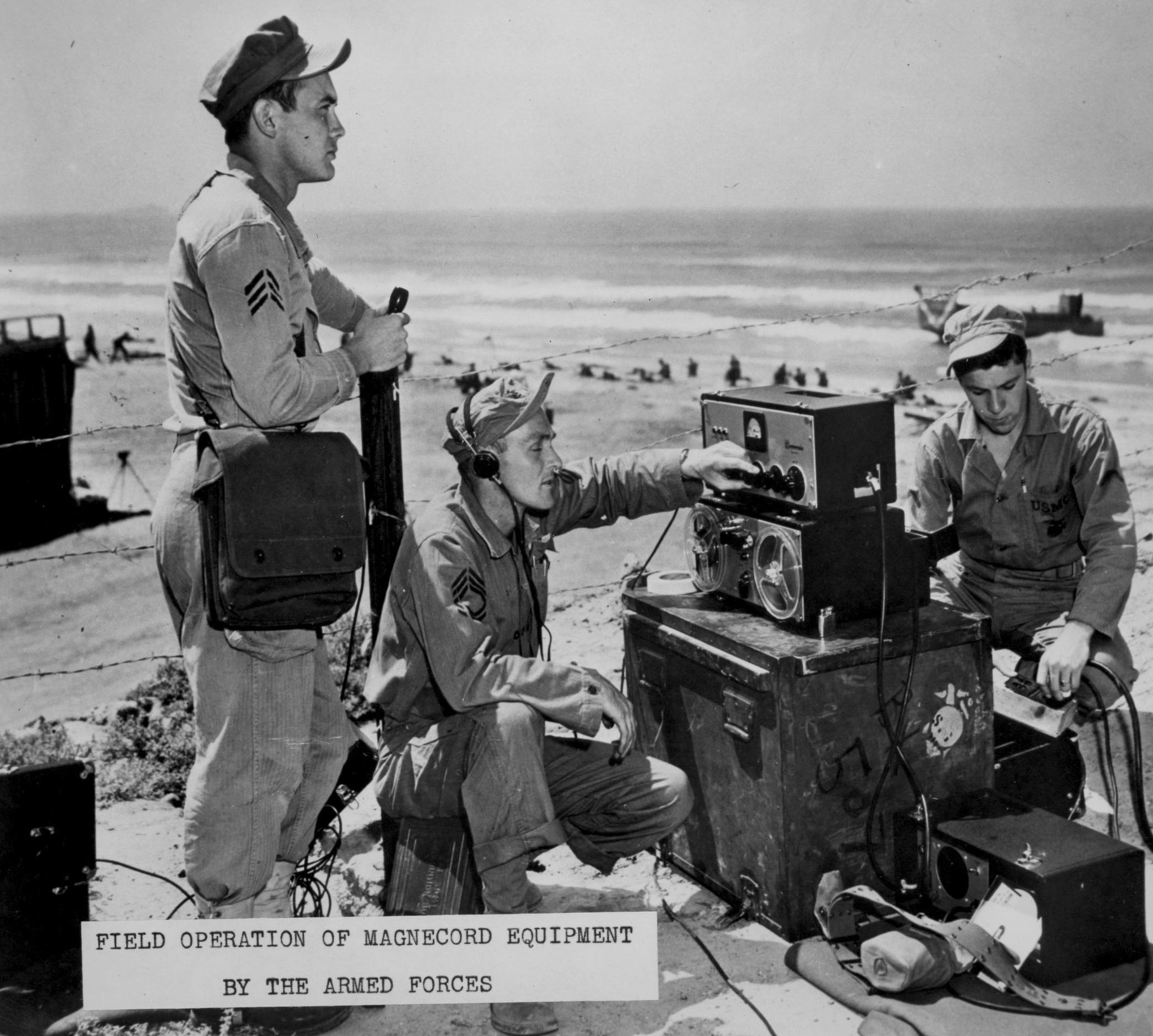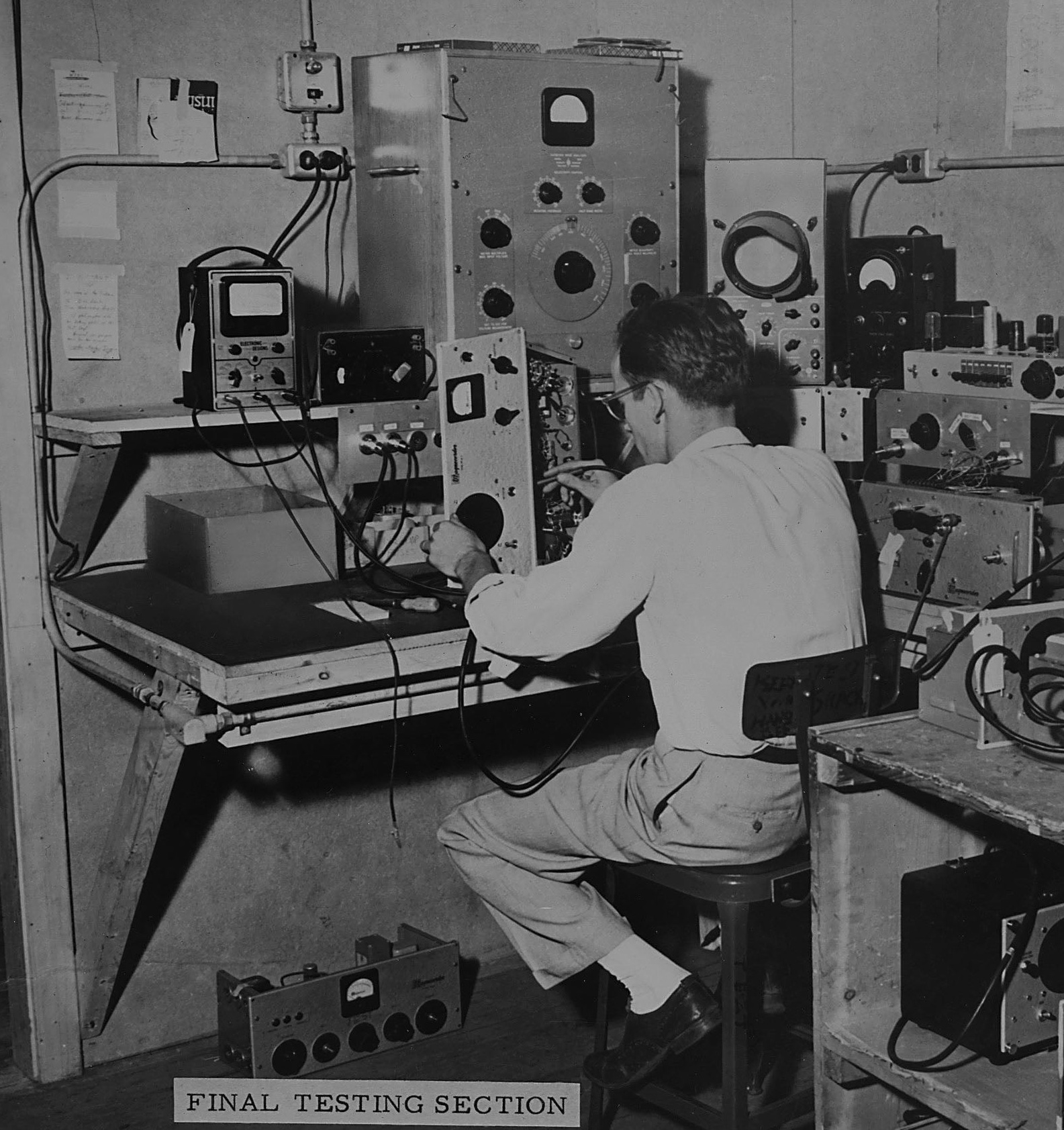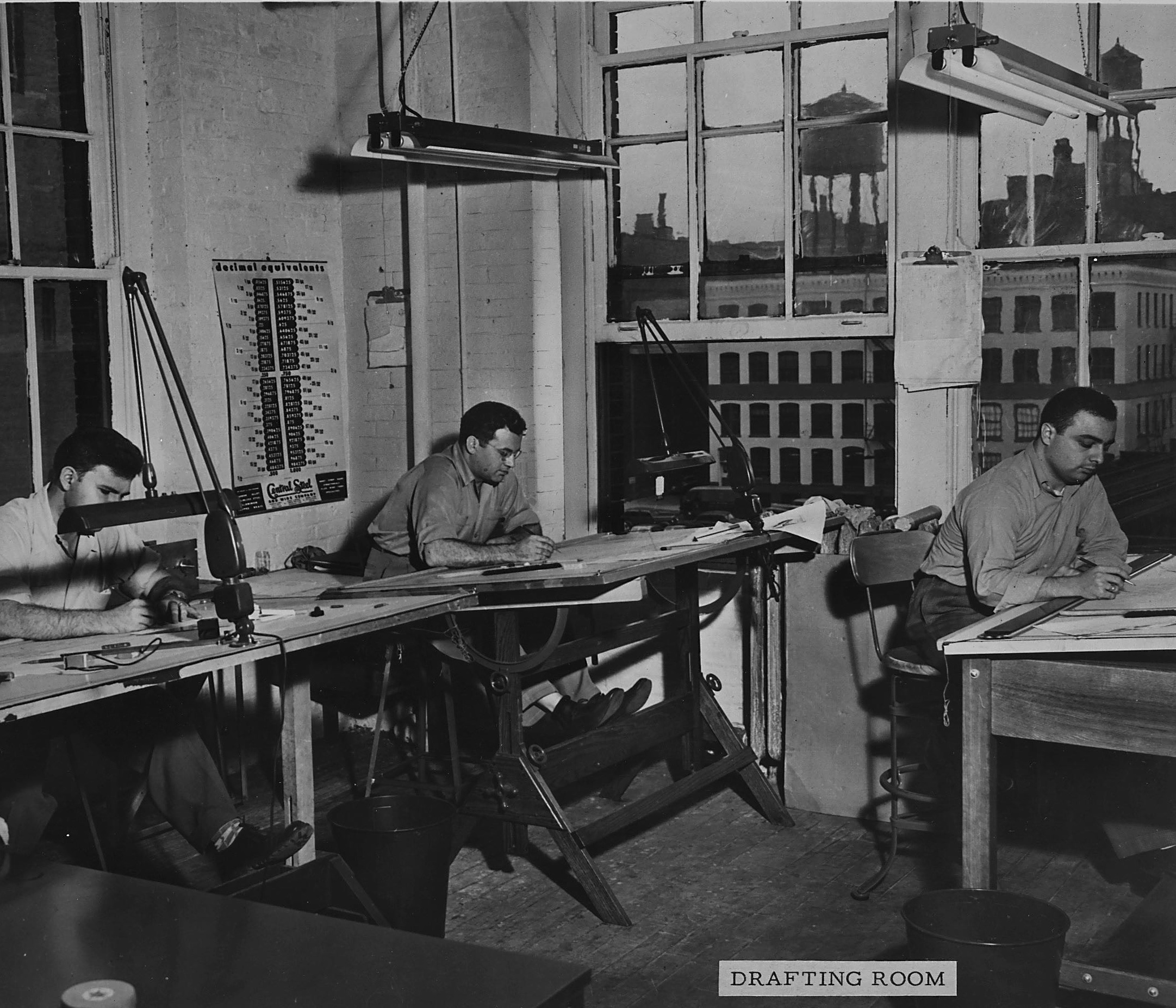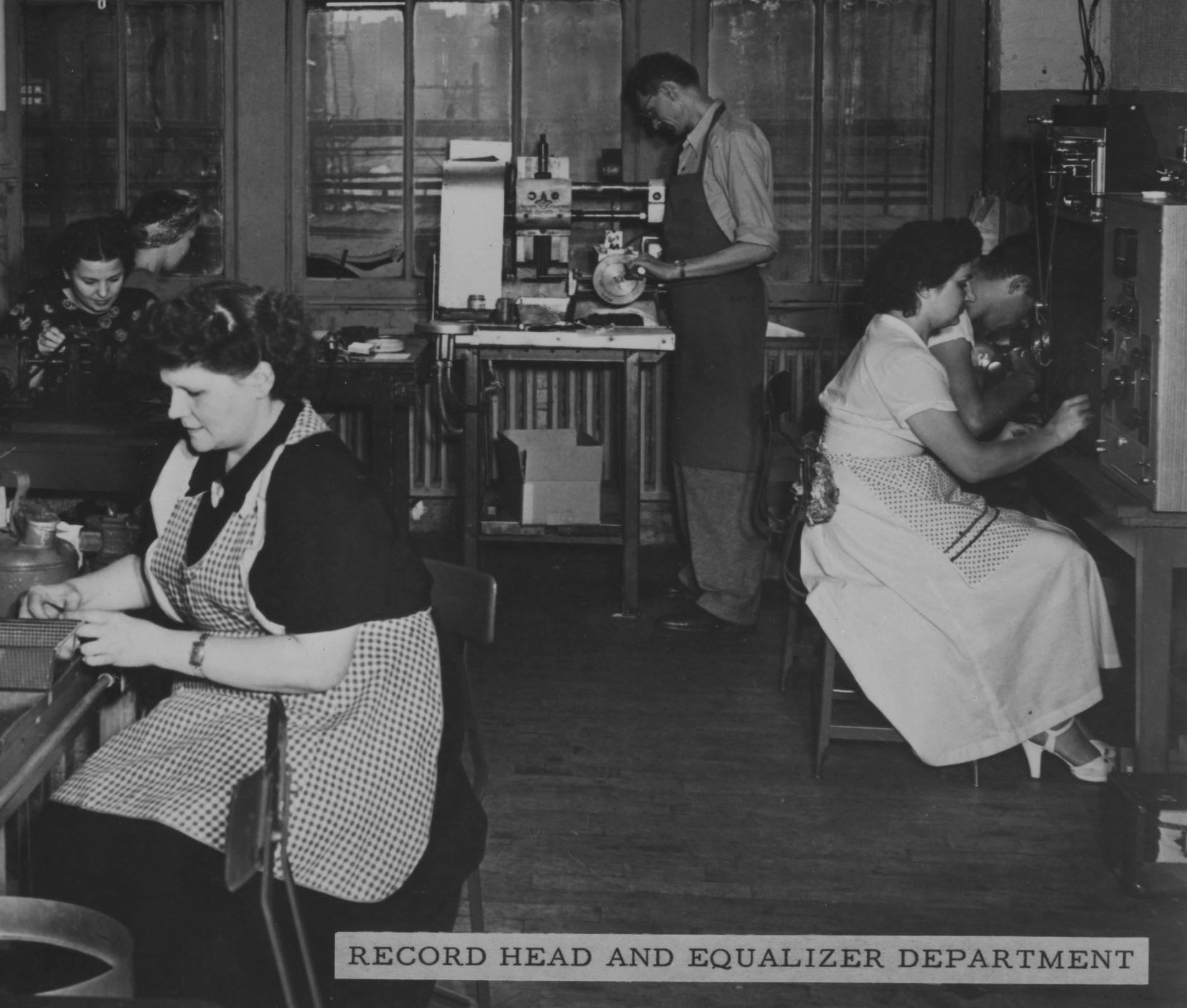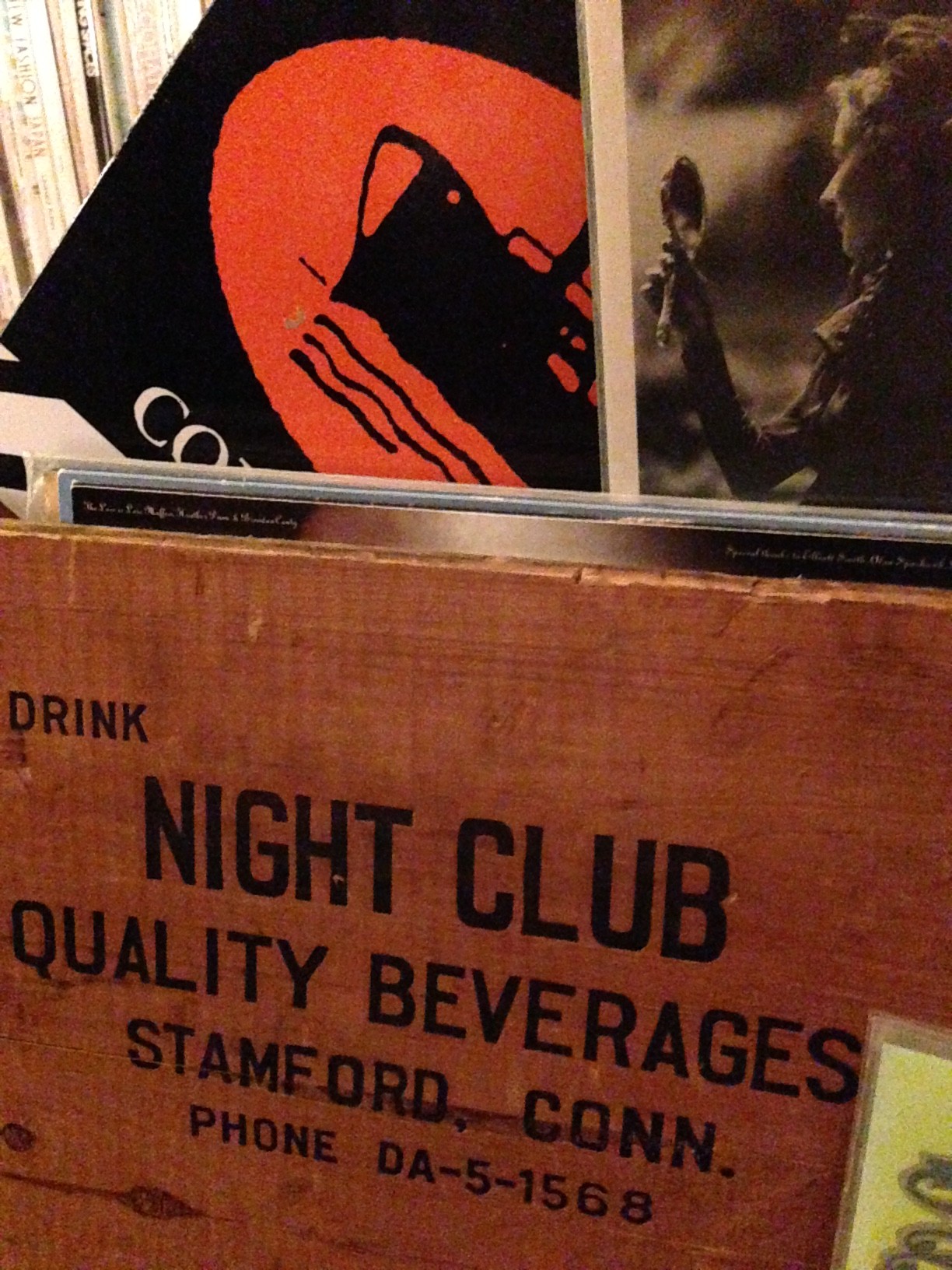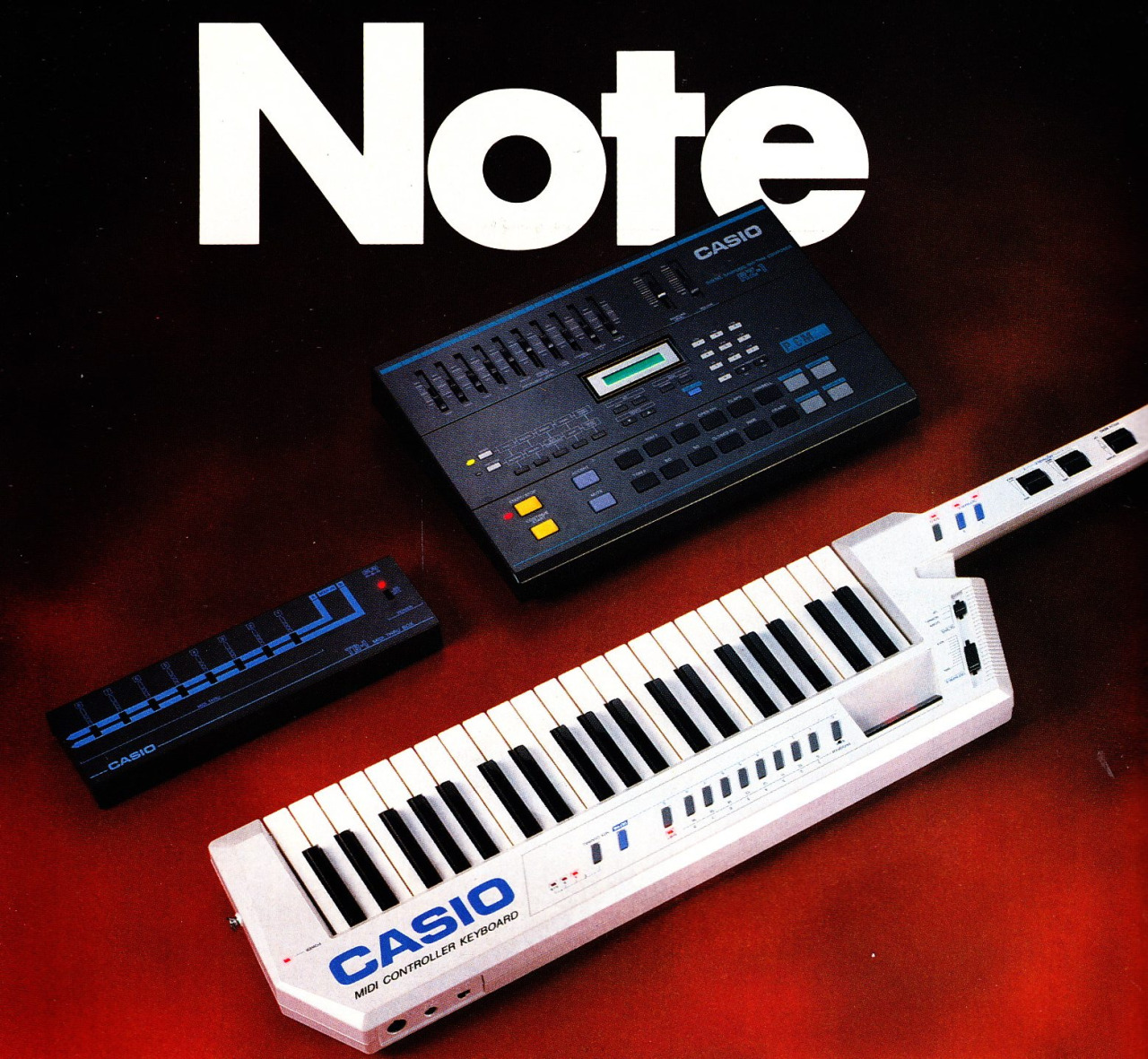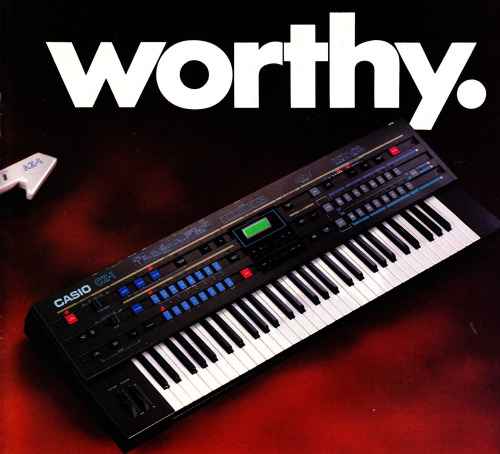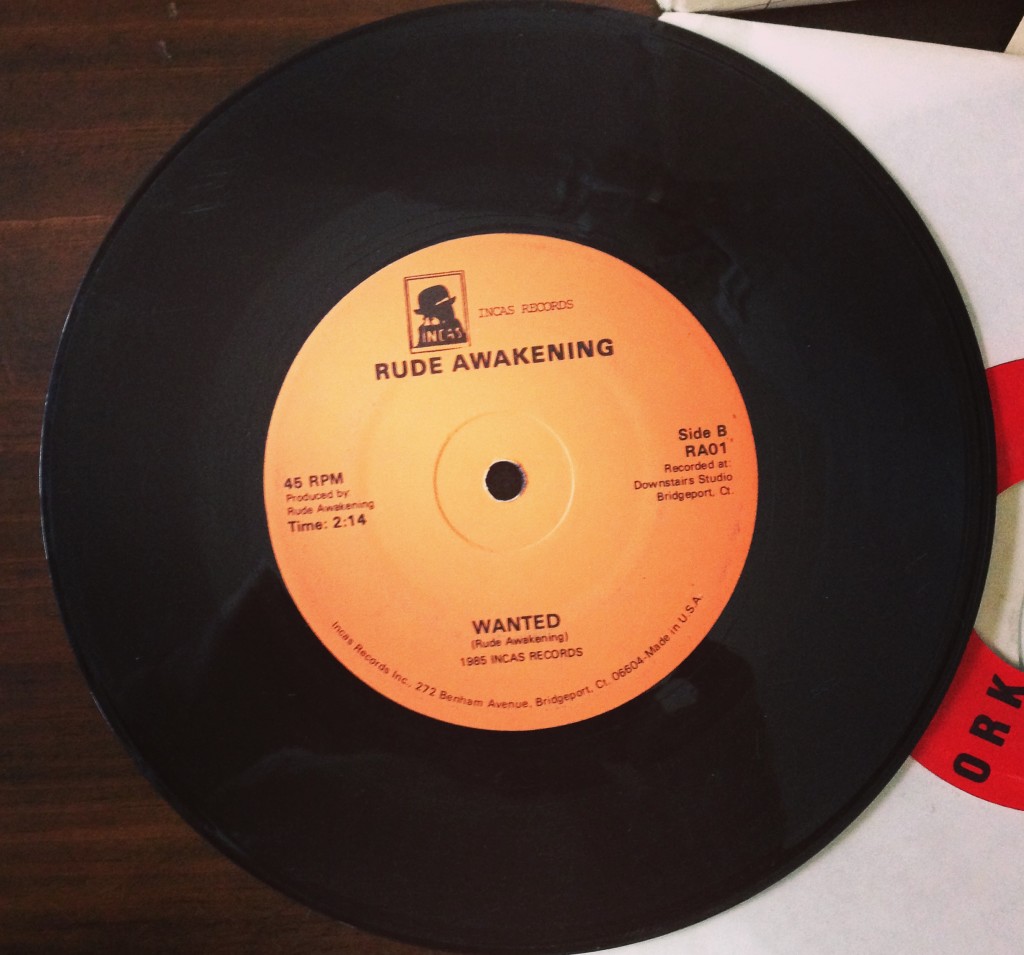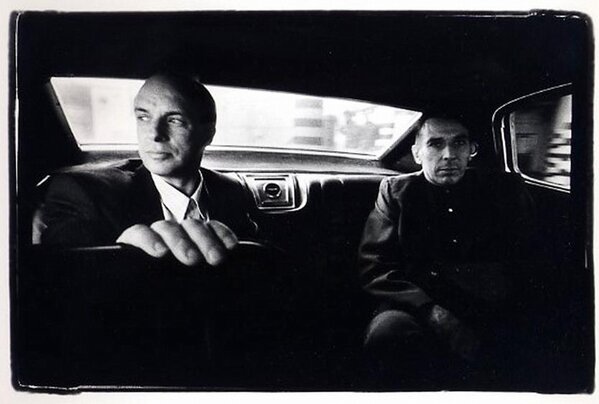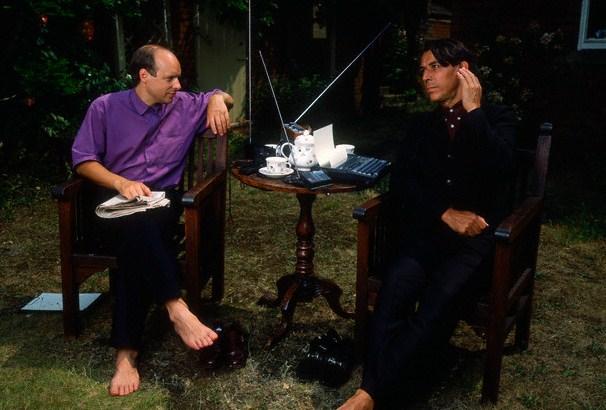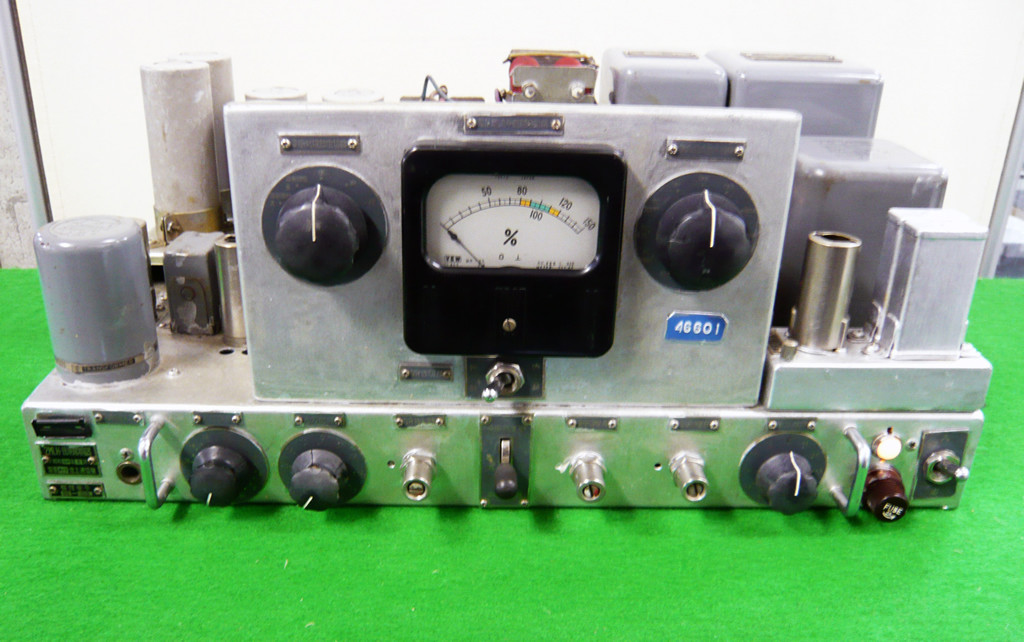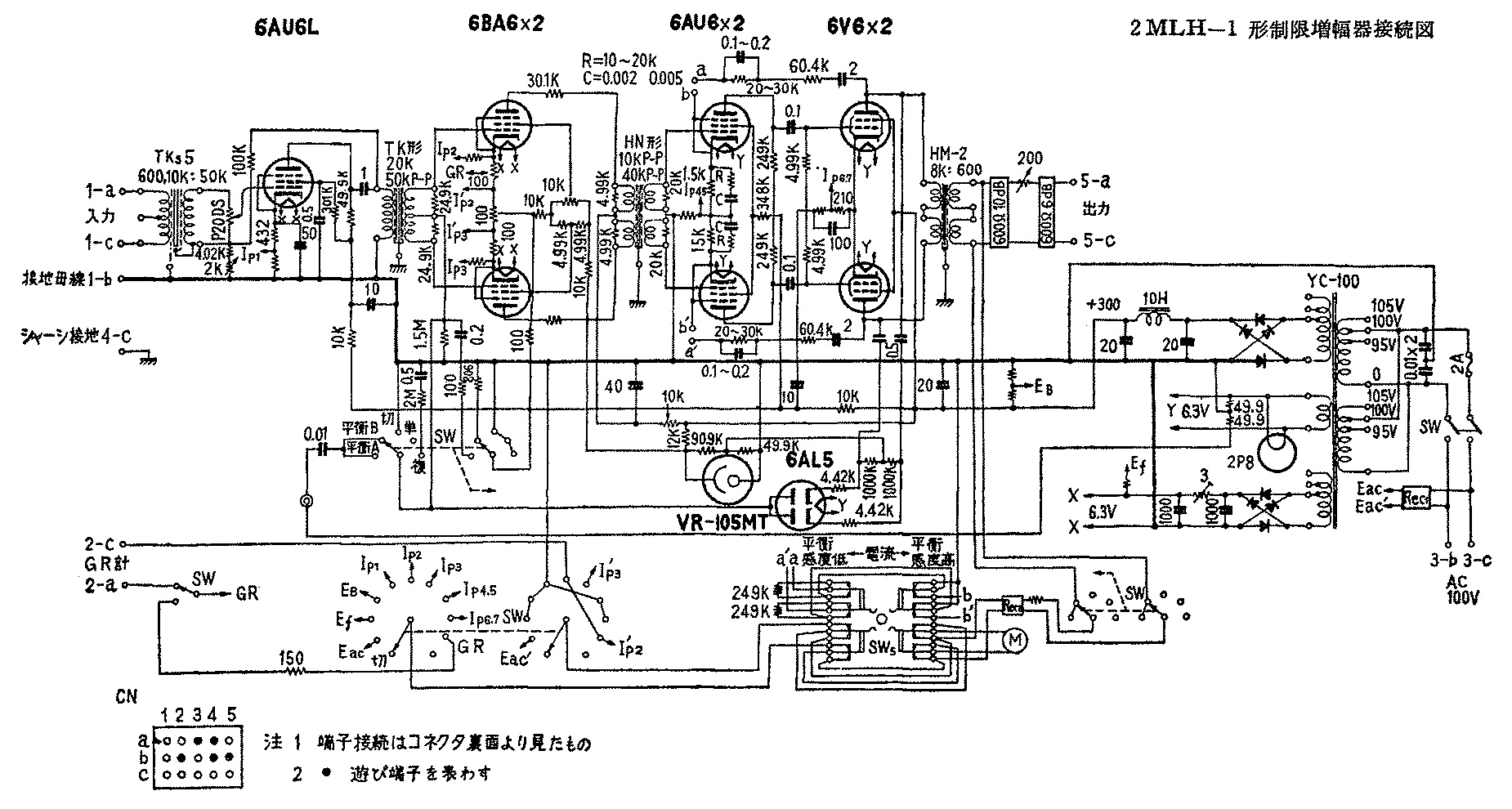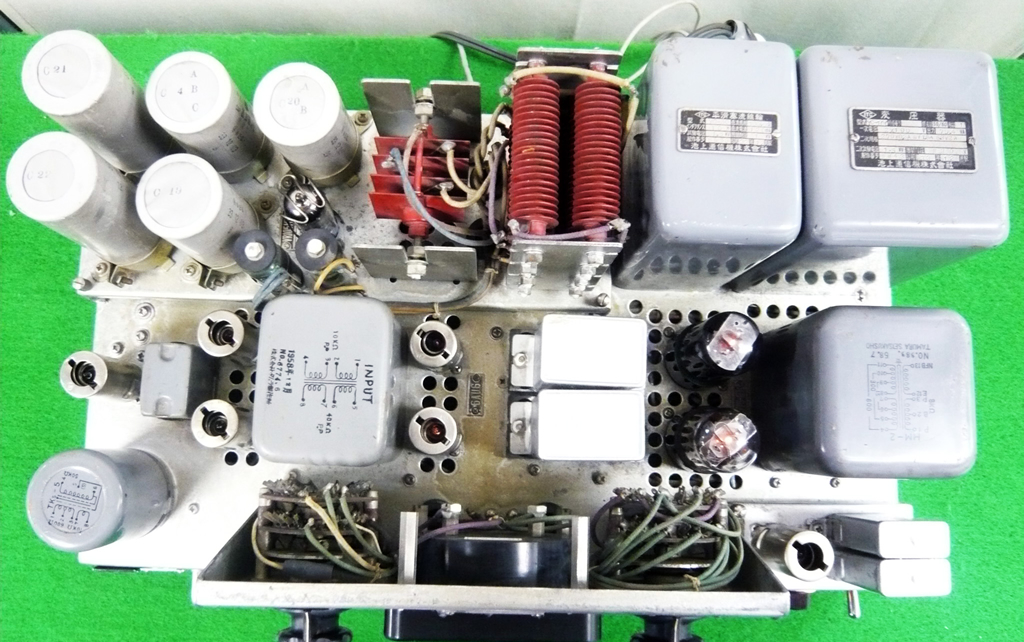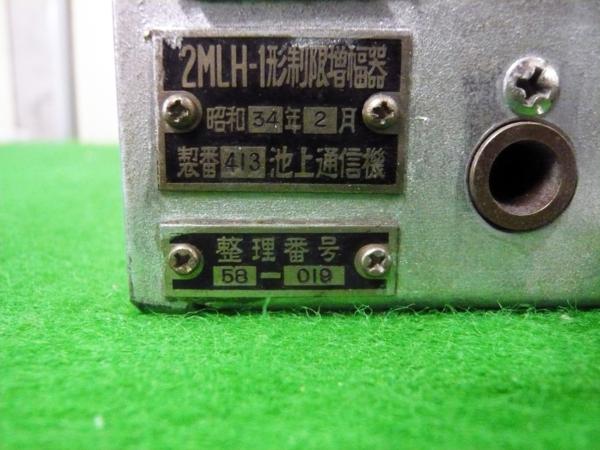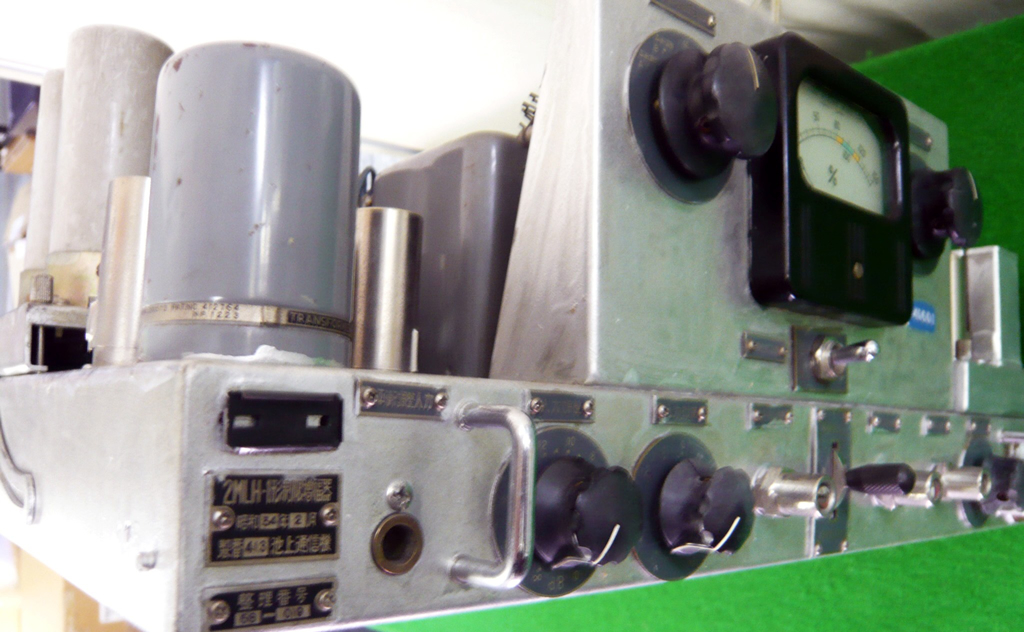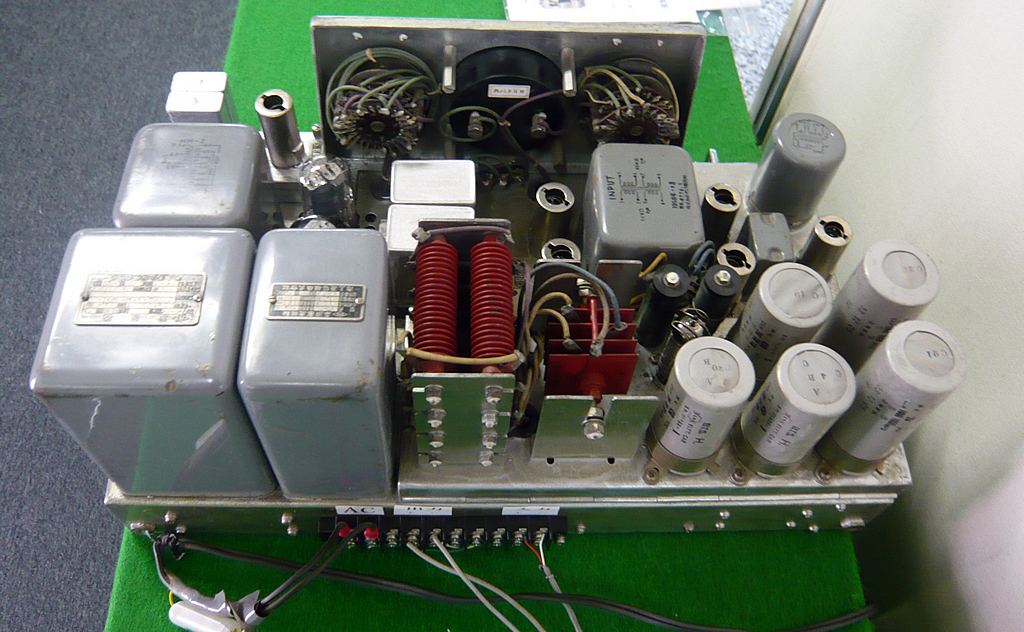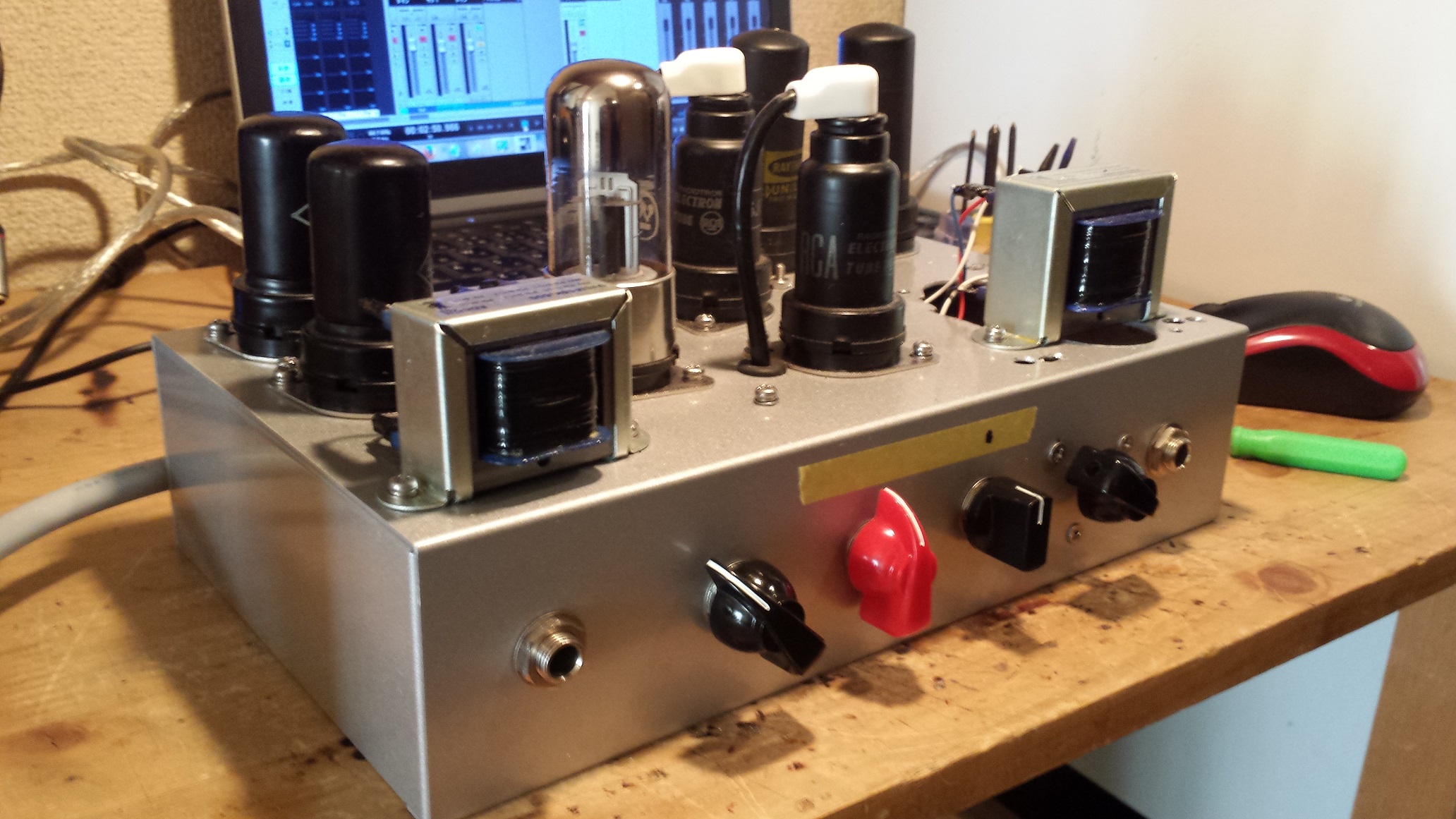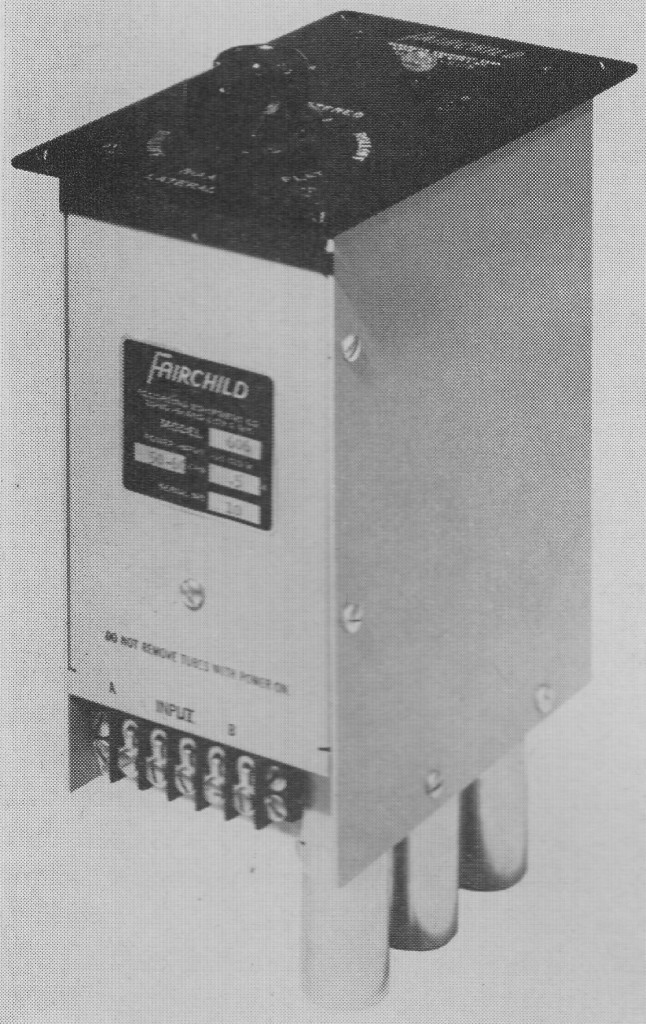 How y’all doing on this frigid day in March,,, so listen, srry abt not posting much new material this past year. I’ll be frank: as phones keep getting better and better, and online content keeps getting more and more tailored TO the phone as a consequence thereof, many of us are spending less and less recreational time in front of the laptop (although I am still planted in front of some sort of Mac, invariably, for my production and composing work,,,) and more of that ‘leisure’ time with the phone. Instagram rather than ‘scoping blogs’ seems better tailored to how most folks are spending their recreational internet time these days. So we’ve been keeping an active+vigorous presence up there. This blog isn’t going away, but do check out the IG account if you have not yet.
How y’all doing on this frigid day in March,,, so listen, srry abt not posting much new material this past year. I’ll be frank: as phones keep getting better and better, and online content keeps getting more and more tailored TO the phone as a consequence thereof, many of us are spending less and less recreational time in front of the laptop (although I am still planted in front of some sort of Mac, invariably, for my production and composing work,,,) and more of that ‘leisure’ time with the phone. Instagram rather than ‘scoping blogs’ seems better tailored to how most folks are spending their recreational internet time these days. So we’ve been keeping an active+vigorous presence up there. This blog isn’t going away, but do check out the IG account if you have not yet.
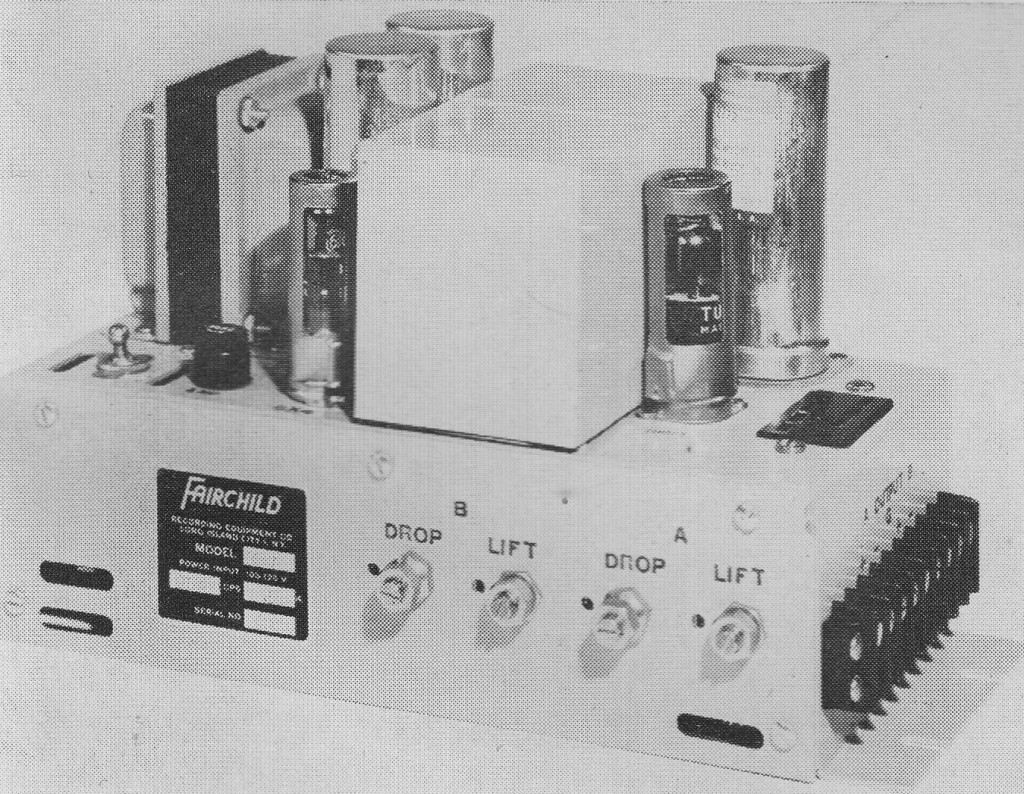 Ok NEways,,, I was diggin thru the archive for something today and I came across the schematic for a phono preamp that Fairchild offered around 1959 – their model 605. Strangely enough, their prototype (image at head) was labeled ‘606.’ Production examples do bear the mark 605, though, as this example from a Russian website indicates:
Ok NEways,,, I was diggin thru the archive for something today and I came across the schematic for a phono preamp that Fairchild offered around 1959 – their model 605. Strangely enough, their prototype (image at head) was labeled ‘606.’ Production examples do bear the mark 605, though, as this example from a Russian website indicates:
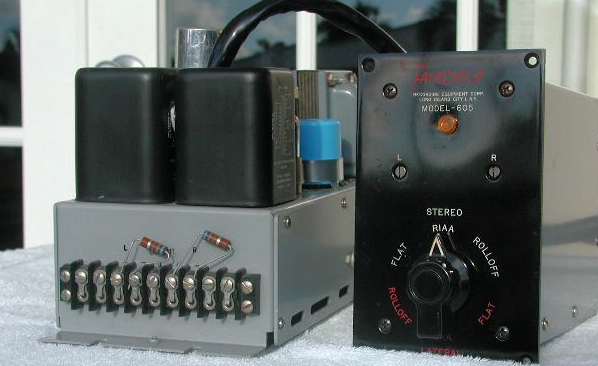 (image source)
(image source)
There is very little information on the web about this unit – in fact, a google search offers,,, good ‘ole Preservation Sound Dot Com as its first result when queried. And not much else of relevance. We apparently ran an advert for this very unit some years back (click here for that earlier post). So I was very excited to see that this unit, which is VERY buildable using off-the-shelf components, had not yet ‘migrated’ onto the web. The Fairchild 606 offers both MC and MM input stages, 600ohm balanced outputs, and selectable EQ curves and stereo or true mono LP operation. Now, I’ve built many Marantz and RCA-style tube phono preamps to great success, but this Fairchild is simultaneously exotic AND obtainable enough to be quite intriguing. So, DIYers of the world, here ya go: knock yrself out:
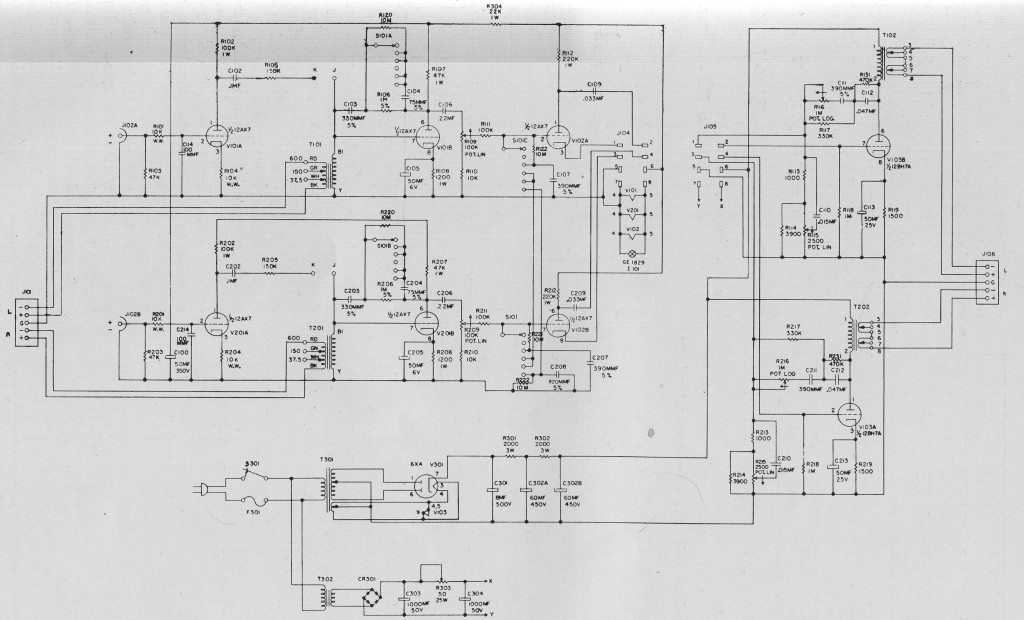 (click on image for a (huge) full size image)
(click on image for a (huge) full size image)
There’s nothing exotic in it: no custom inductors, weird-taper pots, or un-source-able transformers. The toughest thing to find might be the 4P/6T switch, but you could always sub in a pair of 2P/6T switches and just use two hands. In fact, the input transformers, which I can confirm are 1:20 from the 600 ohm tap, appear to be garden-variety Beyers:
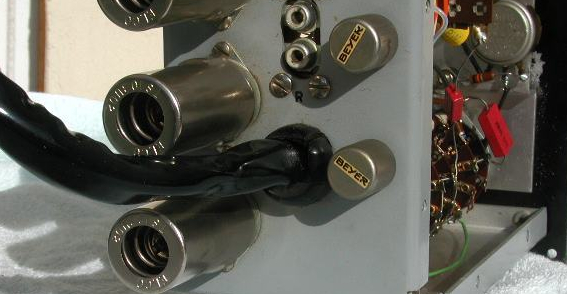 (image source)
(image source)
Regardless, though, you can use any hi-fidelity input transformer with a roughly 1:20 ratio and an input impedance approx. 10X whatever the output impedance of your moving-coil cartridge is. And if you only use a moving-magnet cartridge, you can skip that part of the circuit entirely and just build the 47K ohm grid-input stage (and all that follows). As the schematic indicates and the images confirm, this product was built in two chassis: (preamps+EQs) and (power supply+output stages). Other details: R109 and R209 are level controls, basic voltage dividers with a 20db range. EQ offered is flat, RIAA, or RIAA plus add’l roll-off, and the ‘Lateral’ switching positions offered cancel out the vertical tracking information, resulting in the cleanest possible sound from mono records. The output stage is fairly conventional, but interestingly enough requires single-ended transformers, so you will be rather limited in your options here (a 15K:600 that can handle 8ma DC unbalanced, such as a UTC A25, should work fine).
This is a fairly advanced project, which I have personally not built (yet). I cannot offer any technical support or help with this. If you have never built a vacuum-tube phono preamp or mic preamp from scratch before, I would not advise undertaking this project. Good luck, and if you build one, send us some pics!
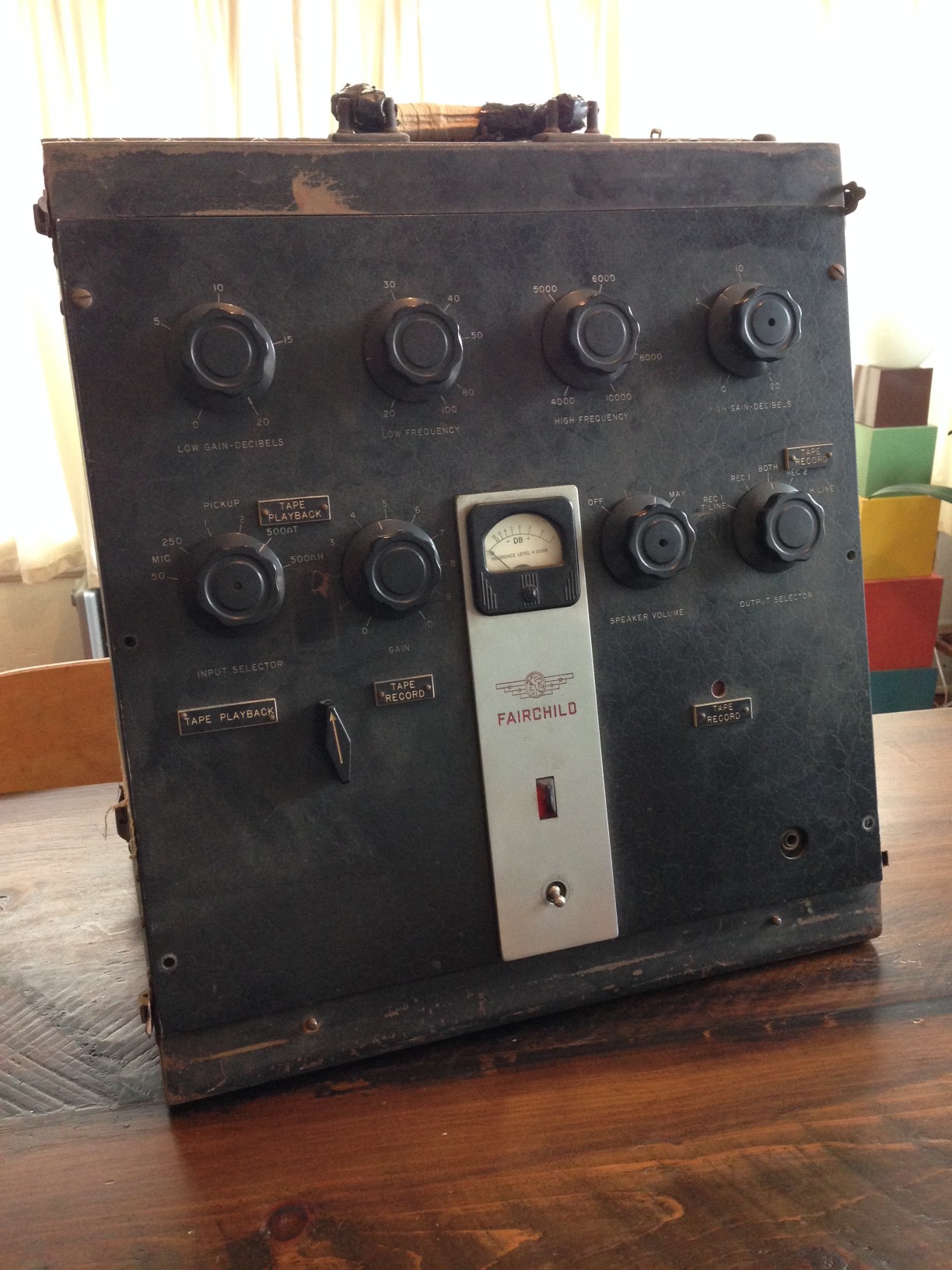 UPDATE: THIS HAS BEEN SOLD. IT IS GONE. I HAVE NO FURTHER INFORMATION ABOUT IT.
UPDATE: THIS HAS BEEN SOLD. IT IS GONE. I HAVE NO FURTHER INFORMATION ABOUT IT.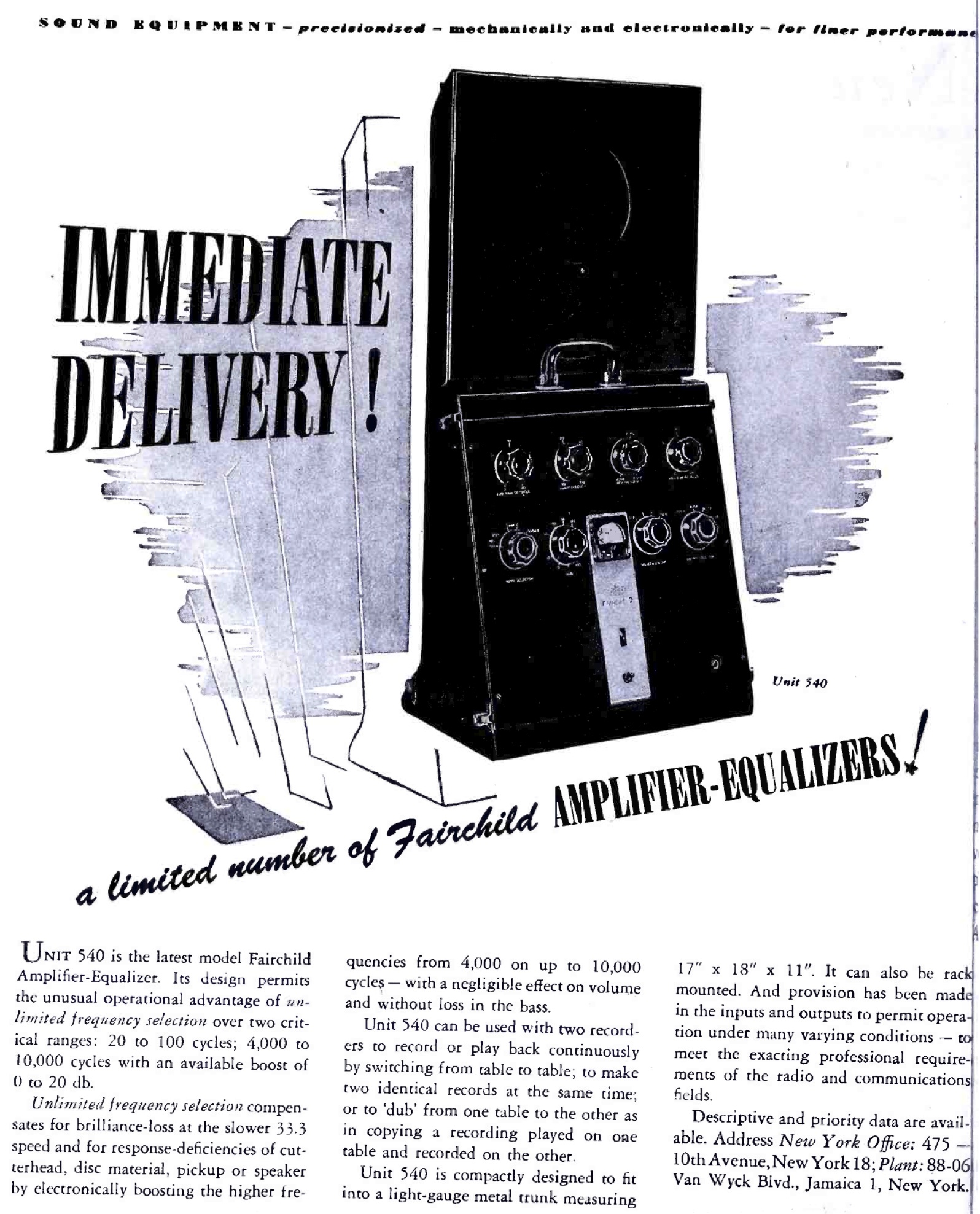
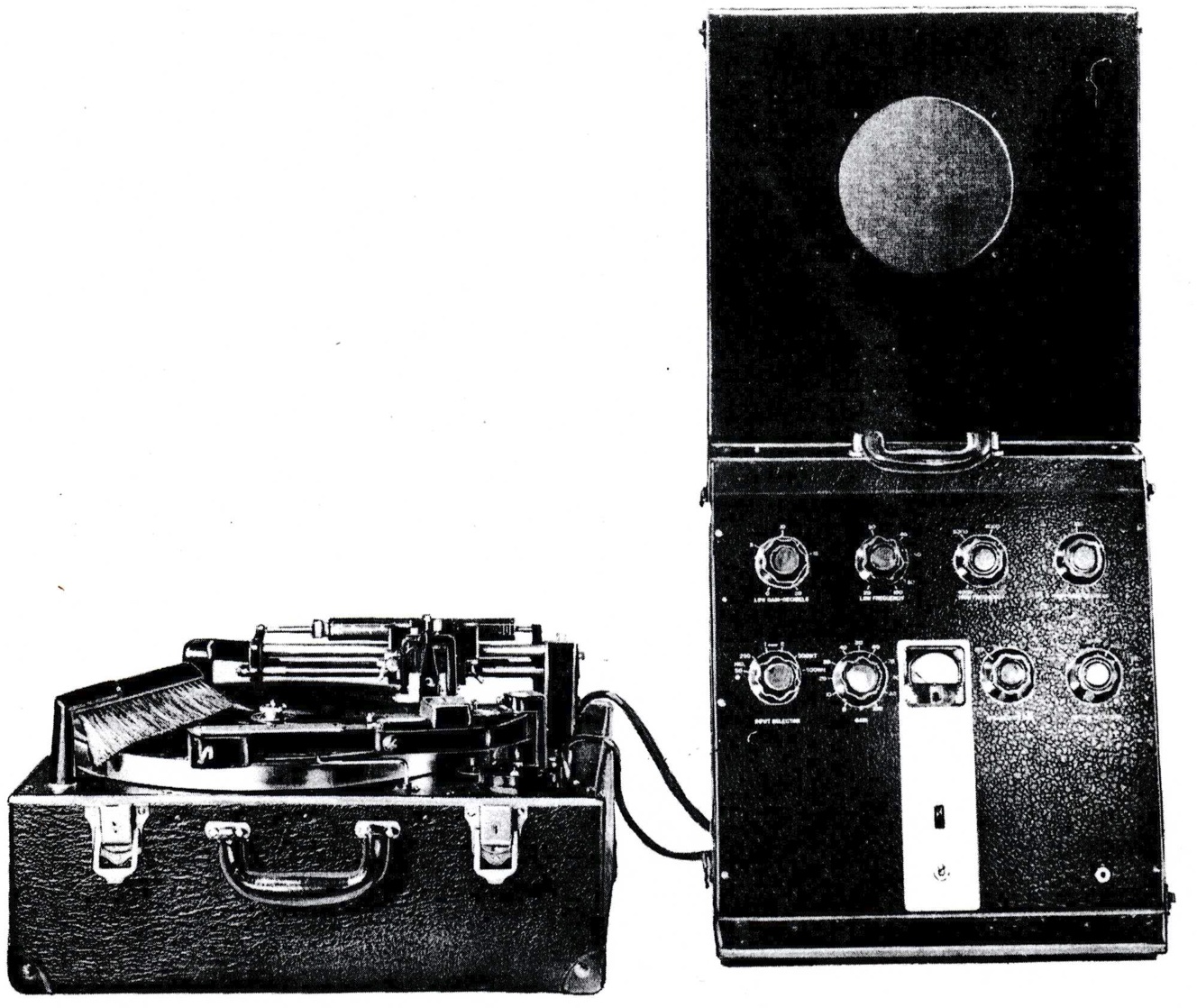 (above: catalog image with companion Fairchild #539 portable lathe)
(above: catalog image with companion Fairchild #539 portable lathe)